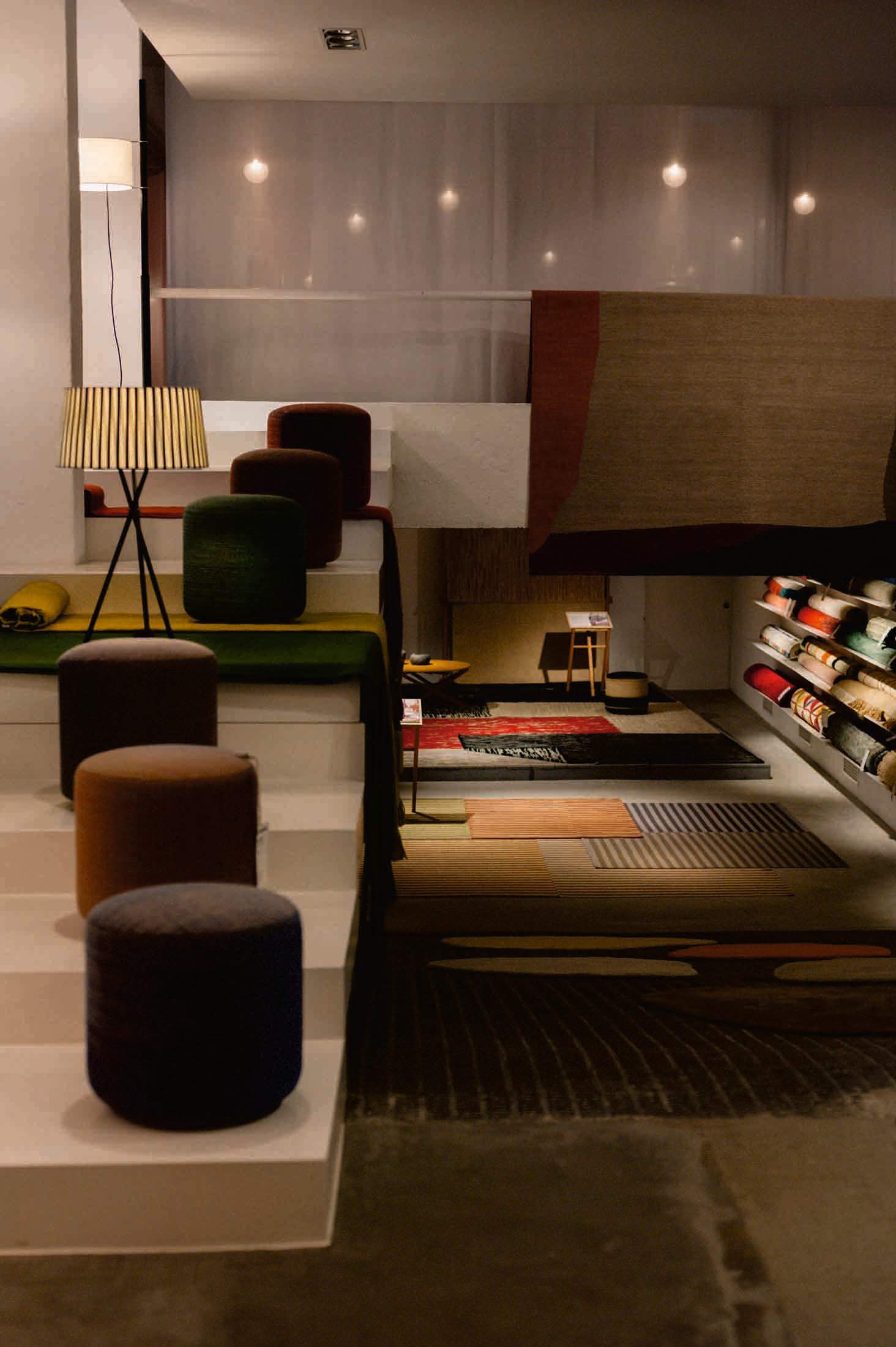The Guide / Barcelona
Design & Innovation
BD Barcelona
This furniture company is overseen by the city’s brightest design minds.
BD Barcelona dates back to the 1970s when, as legend has it, a group of young designers and architects came together in a Catalan nightclub and decided to funnel their combined talents into a new brand. As well as producing their own creations, this furniture design company also collaborated on new pieces with international legends including Ettore Sottsass and Álvaro Siza. One of BD’s founders, Oscar Tusquets, was even a friend of Salvador Dalí; they worked together on furniture inspired by his surrealist paintings. The pieces are still in production today and include a bright-red, lip-shaped sofa and a solid bronze chair with hands and feet.



BD Barcelona changed hands last year but remains collectively owned by some of the city’s most creative luminaries. BD’s recent products include an aluminium chair by Dutch architect Sabine Marcelis and lacquered cabinets by Belgian duo Muller van Severen. The pieces are on display at the company’s showroom, a former warehouse that also houses its offices as well as hosting talks and launches.
bdbarcelona.com
Nanimarquina
Craft traditions of Spain and Asia meet in Nani Marquina’s rugs, poufs and cushions.
A leading figure in Barcelona’s creative scene, Nani Marquina launched her eponymous rug brand during Catalonia’s 1980s economic boom. Using her experience as a pattern designer, she created striking contemporary pieces that quickly began to garner international attention. The brand has since grown from strength to strength and operations are today run from the third floor of a former textile-weaving factory in Gràcia. Designs, which range from colourfully patterned runners to large hand-loomed rugs made from New Zealand wool, are manufactured by skilled artisans working in small factories in India and Pakistan. Marquina works with exciting creatives from across Spain and around the world to draw up new designs. Recent collaborators include Valencia-based artist Jaime Hayon and Catalan painter Clàudia Valsells.




The Nanimarquina showroom is a former garage on Avinguda Diagonal transformed into a stylish retail destination by architect Robert Palli in 2015. Rugs aren’t the only thing on display here; visitors can discover other pieces from the Nanimarquina collection, including kilim-woven poufs and cushions created in collaboration with British designer Ilse Crawford. The space is also shared with another iconic Catalan brand, light-makers Santa & Cole.
nanimarquina.com
Cutting-edge culture
From supercomputers to immersive musical installations, these are the city’s most forward-thinking destinations.
While the mesmerising Sagrada Familia cathedral recasts the skyline, another century-old temple is quietly rewiring Barcelona’s knowledge economy. The Torre Girona chapel has been the unlikely home of MareNostrum 4, one of the world’s most powerful supercomputers, and will soon make way for a more powerful quantum computer. It’s part of Barcelona Supercomputing Center, which is open for tours and provides the scientific, biomedicine, aerospace and start-up sectors with an indispensable resource, while illustrating how the city fuses its historic foundations with a cutting-edge future. Innovation powered by the imagination is one of Barcelona’s strongest calling cards. Rising along the beachfront, the curved wooden façade of the Biomedical Research Park (PRBB), is a case in point as it perfectly captures the city’s approach to work-life balance. Described as a factory of knowledge, learning and investigation for about 2,000 workers, the elliptical building was designed by architects Manel Brullet and Albert de Pineda.

For a more visceral experience, head to Gaudí’s Casa Batlló, where immersive installation The Cube allows visitors to stand in the centre of kaleidoscopic graphics and sound. A recent collaboration with Barcelona music festival Sónar featured a spectacle of exclusively reworked music from The Chemical Brothers with visuals by Smith and Lyall. More than just a subversion of Gaudí’s surrealist imaginings, The Cube is an axis between high-technology, art and architecture.


